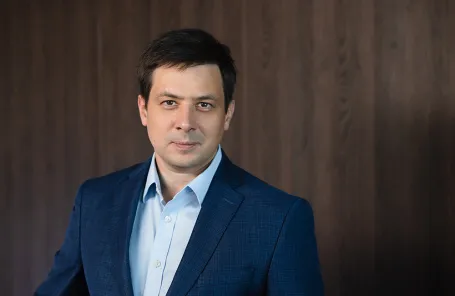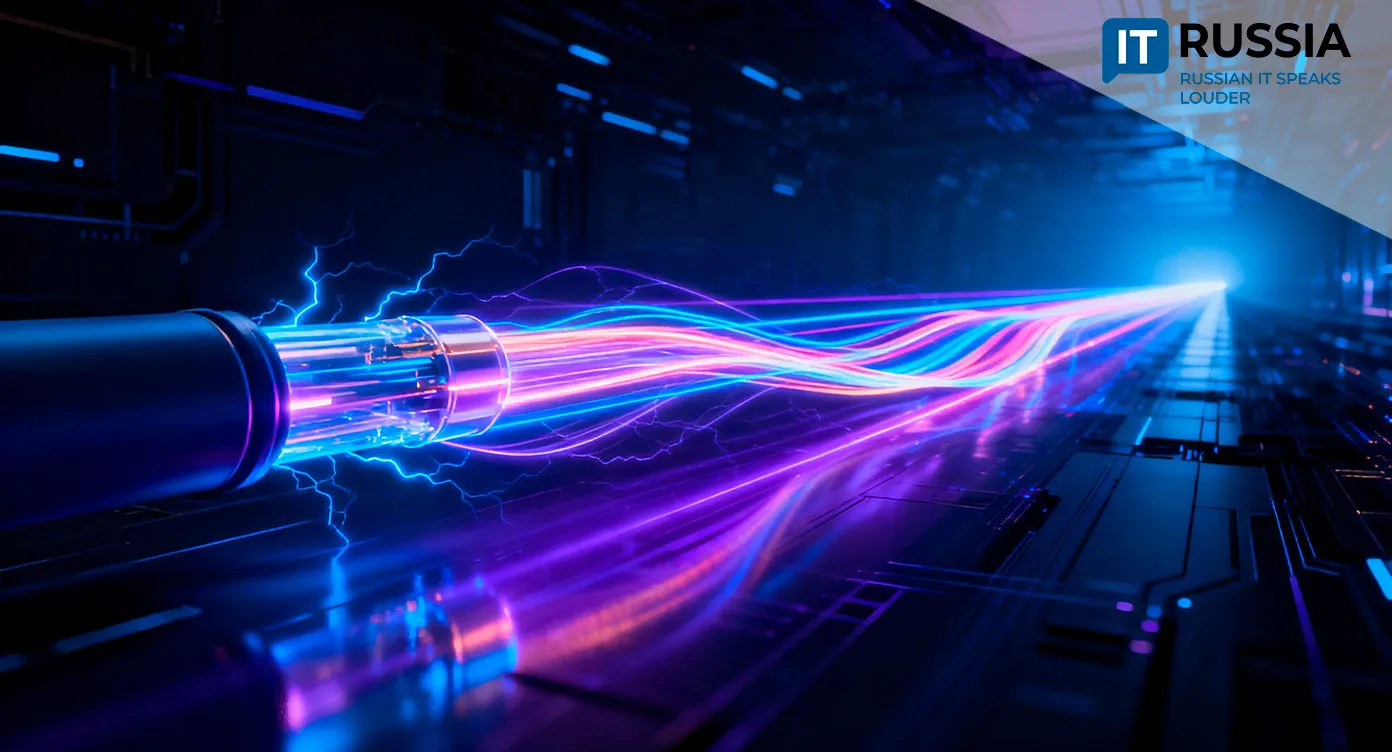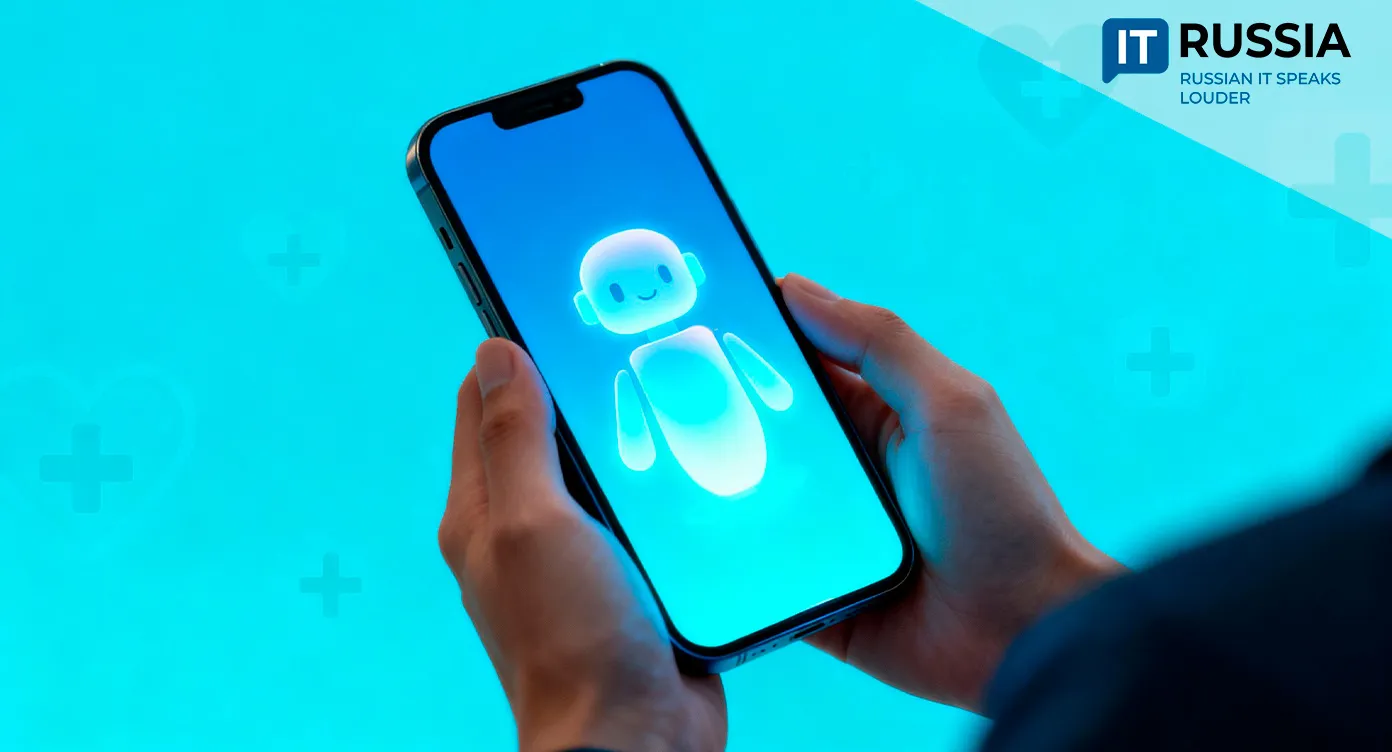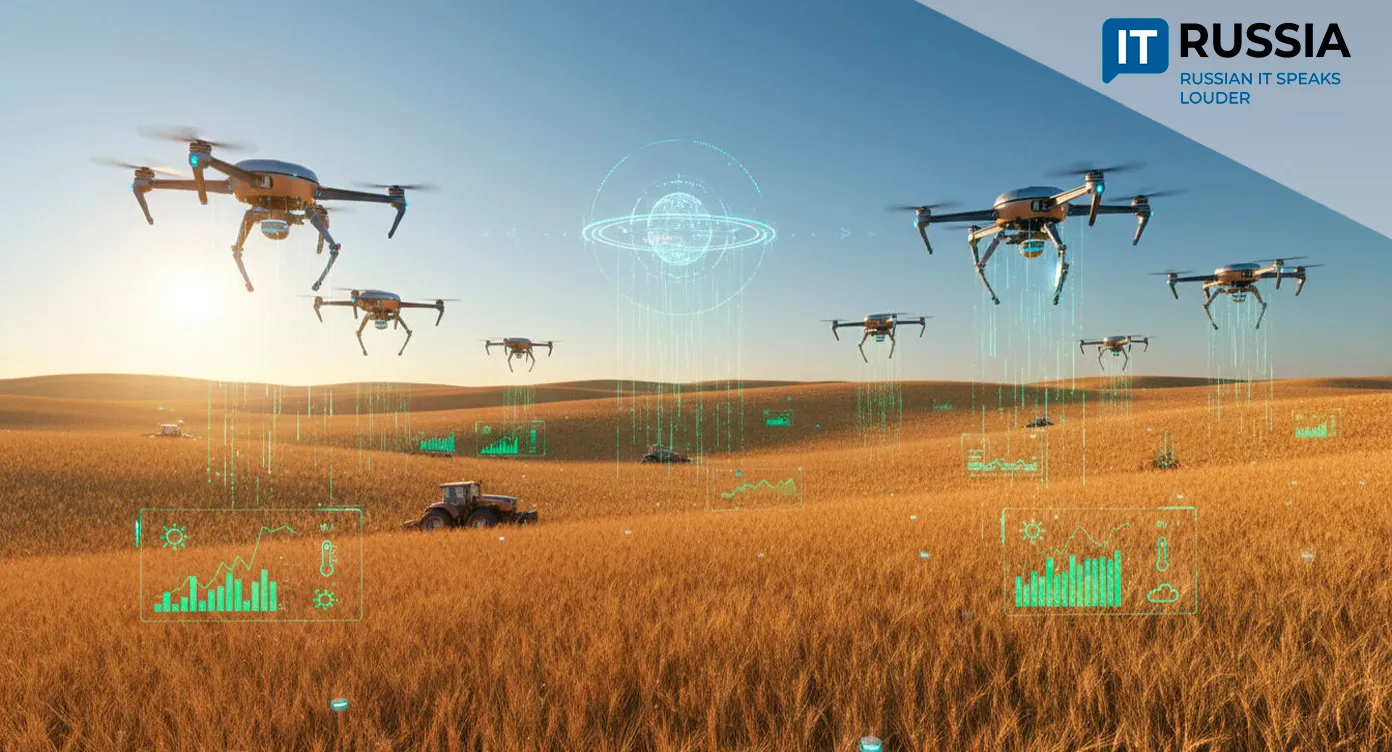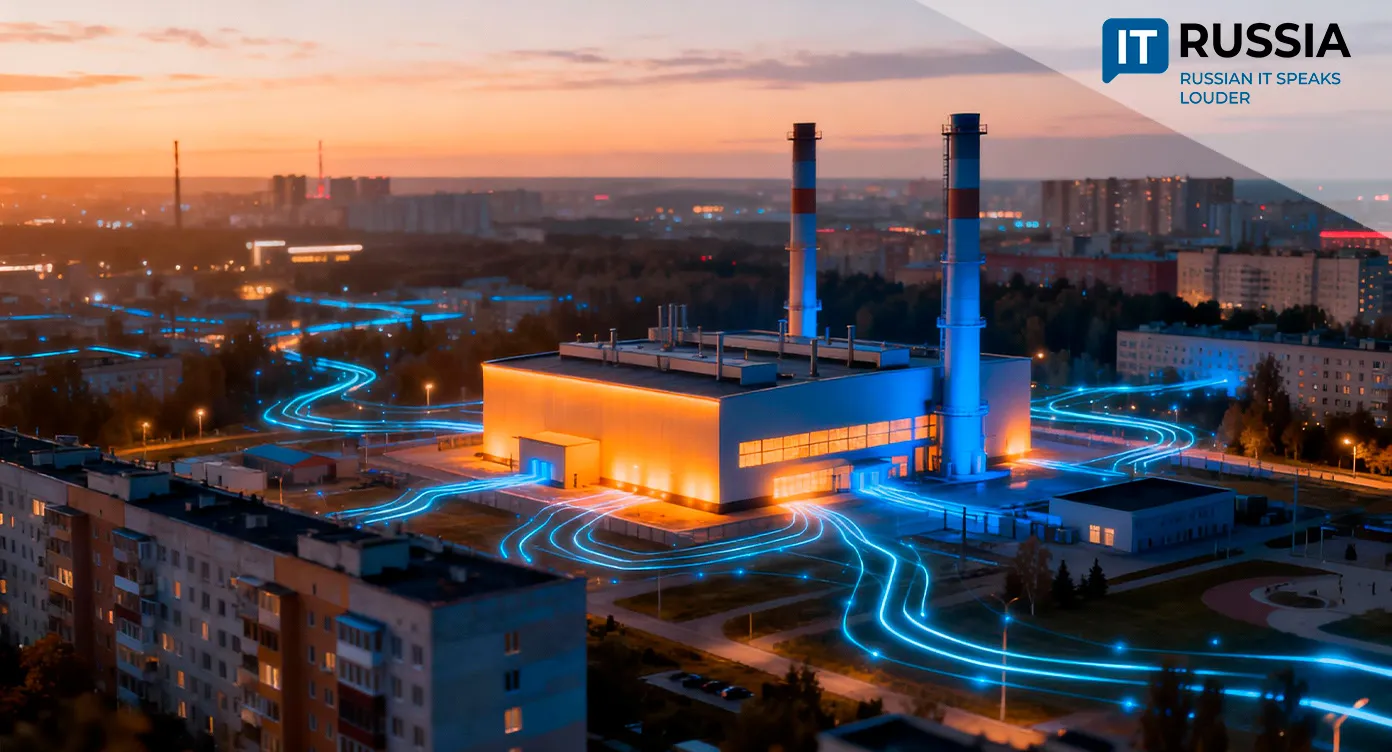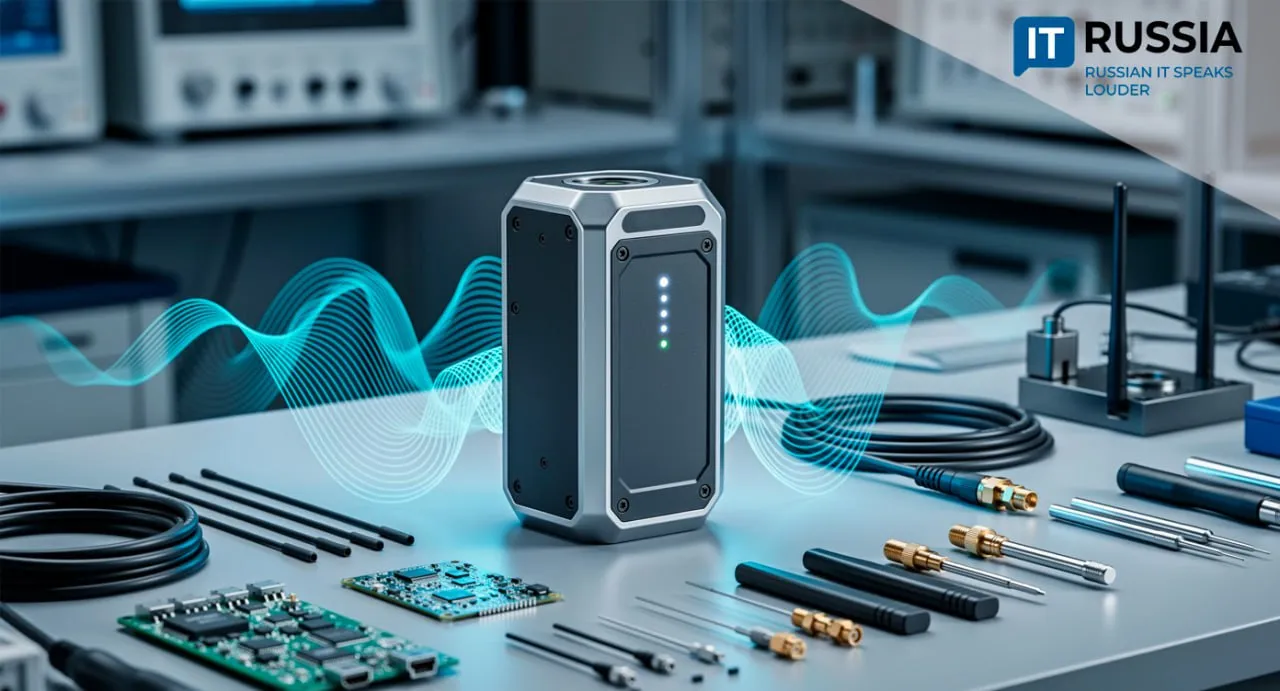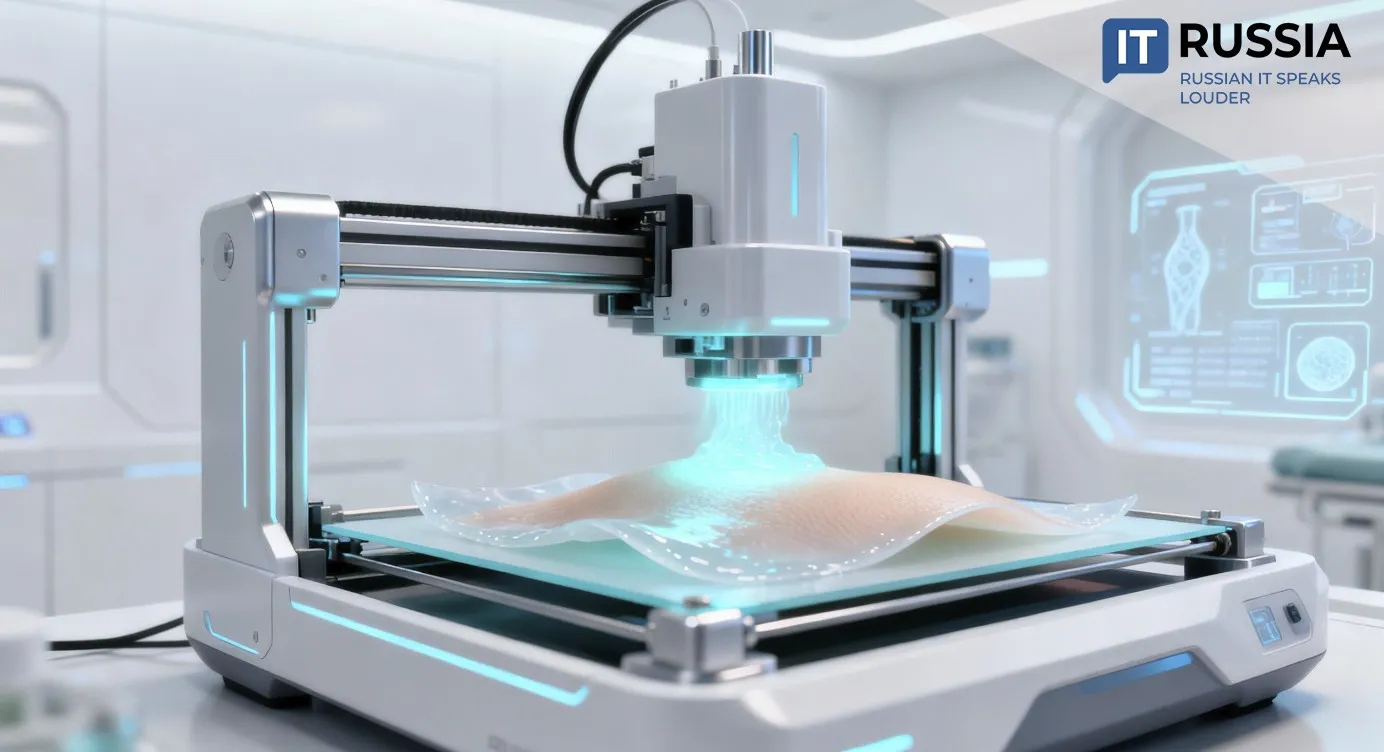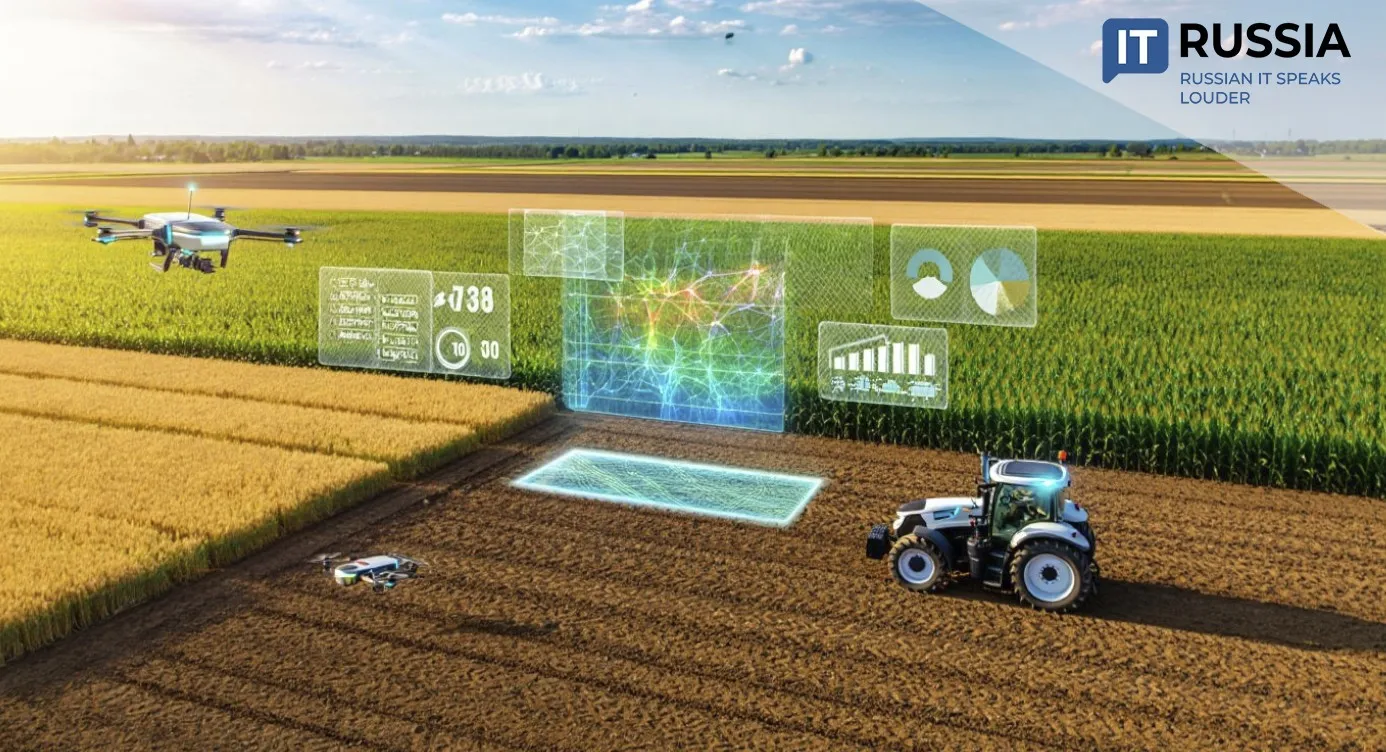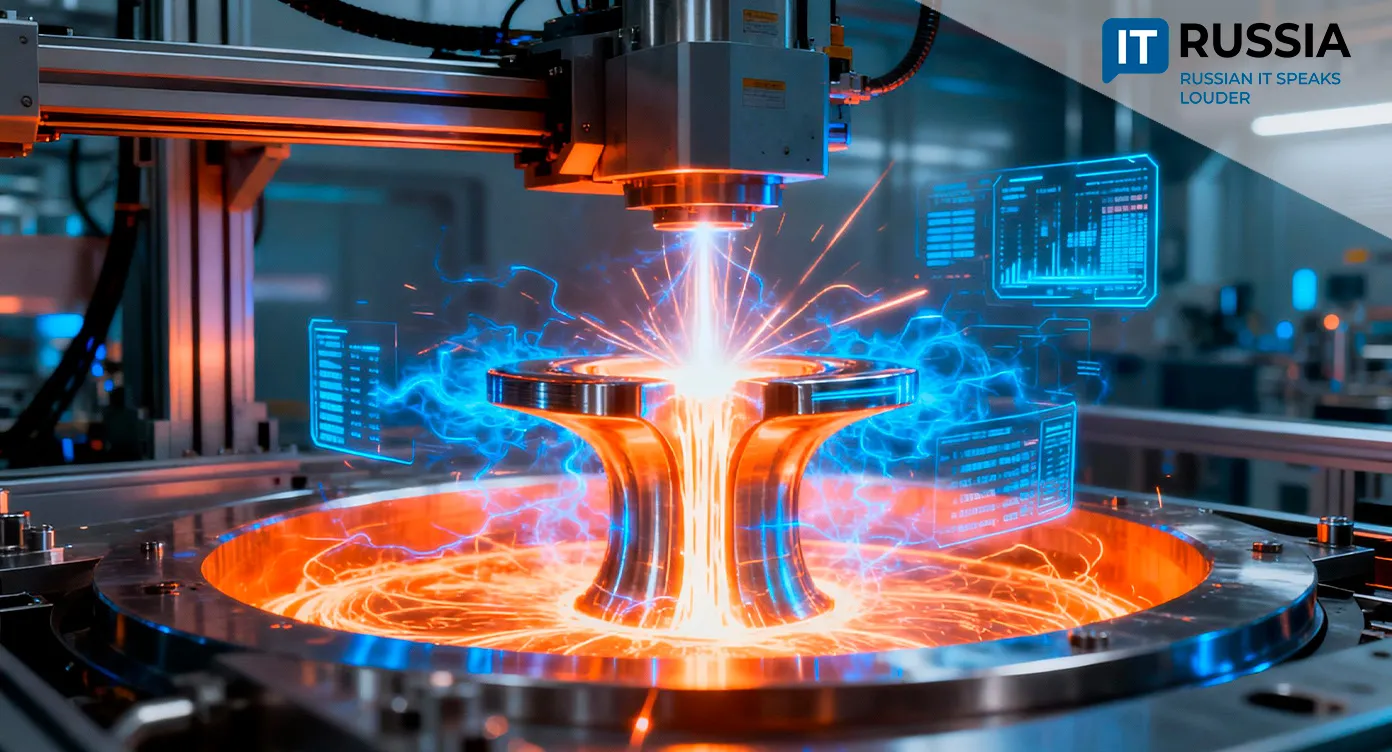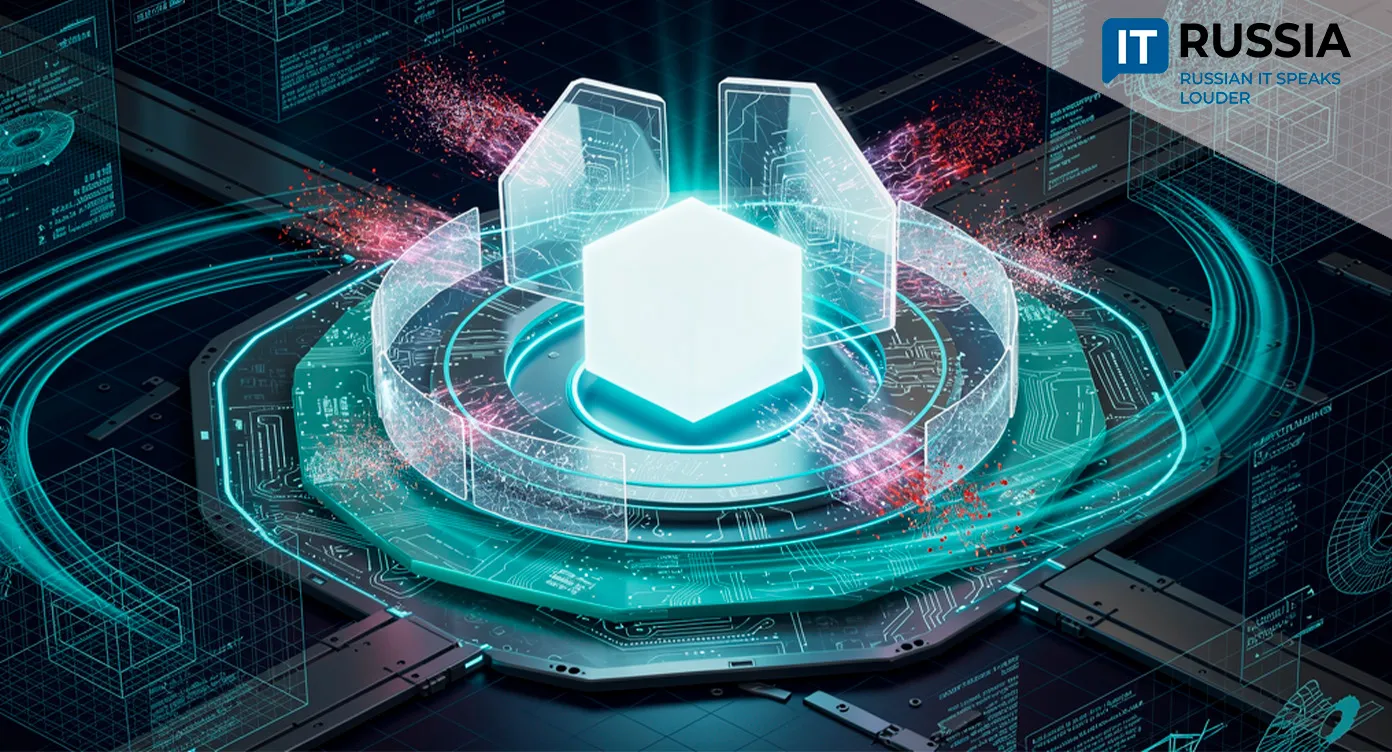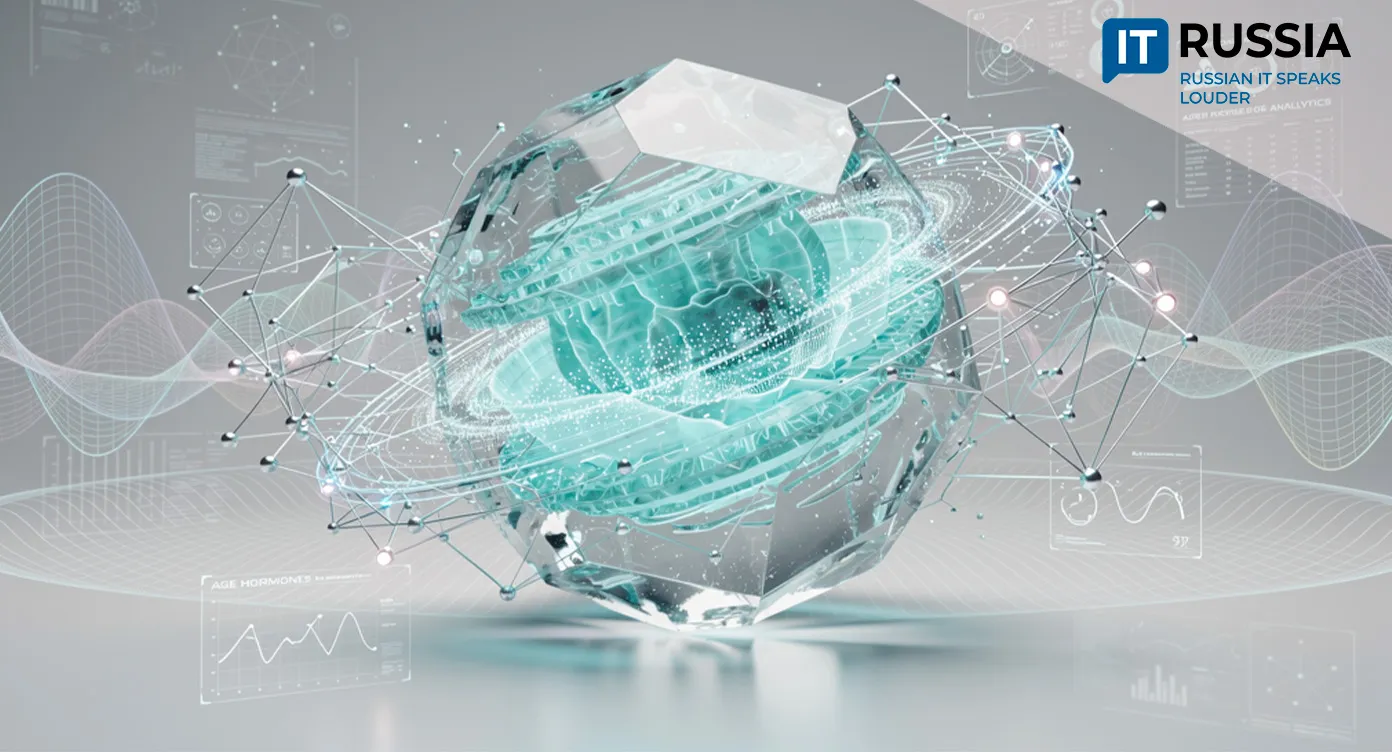Made in Russia: A New ATM Model Enters the Market
Russia’s fintech and IT sectors have taken another decisive step toward technological sovereignty — this time in the field of critical payment infrastructure. Developers are now advancing not only in software but also in hardware, creating banking devices built entirely on domestic components.

A Homegrown ATM for a New Financial Era
At the Finopolis 2025 forum, held in Sochi from October 8–10, VTB Bank unveiled the country’s first domestically developed ATM, created in partnership with Russian IT firms LANIT and the T1 Group. The device has been certified by the Bank of Russia and added to the Ministry of Industry and Trade’s registry of Russian electronics.
Key features of the NOBEX ATM include a Russian-made PIN pad, counterfeit detection technology based on automatic currency template updates, integration with the national certification center, and fully domestic software. Customers will retain access to familiar services such as cash withdrawals and deposits via QR code, card, or smartphone, as well as account opening and balance management.

Responding to Sanctions with Innovation
“These devices incorporate enhanced cryptographic protection developed in close collaboration with VTB’s own security specialists,” said Vadim Kulik, Deputy President and Chairman of the VTB Management Board. The NOBEX is not a prototype — it is a production-ready ATM designed to gradually replace imported units across VTB’s network.
This step directly addresses one of the banking industry’s most pressing challenges. Western sanctions have disrupted hardware support and software updates for foreign-made ATMs, leaving critical payment infrastructure vulnerable. The new domestic hardware marks a strategic shift toward self-reliance, ensuring stability in national financial operations.
Globally, the move aligns with a wider trend: countries seeking technological independence — from China to Brazil — are investing in their own fintech standards and hardware ecosystems. Russia is pursuing its version of 'digital non-alignment,' building a sovereign financial ecosystem resilient to external shocks.
Toward Hardware Sovereignty
The new ATMs may soon expand beyond VTB. Other state-owned banks, including Sberbank and Gazprombank, are expected to adopt similar systems. Unified certification and security standards will make large-scale deployment faster and more cost-effective.
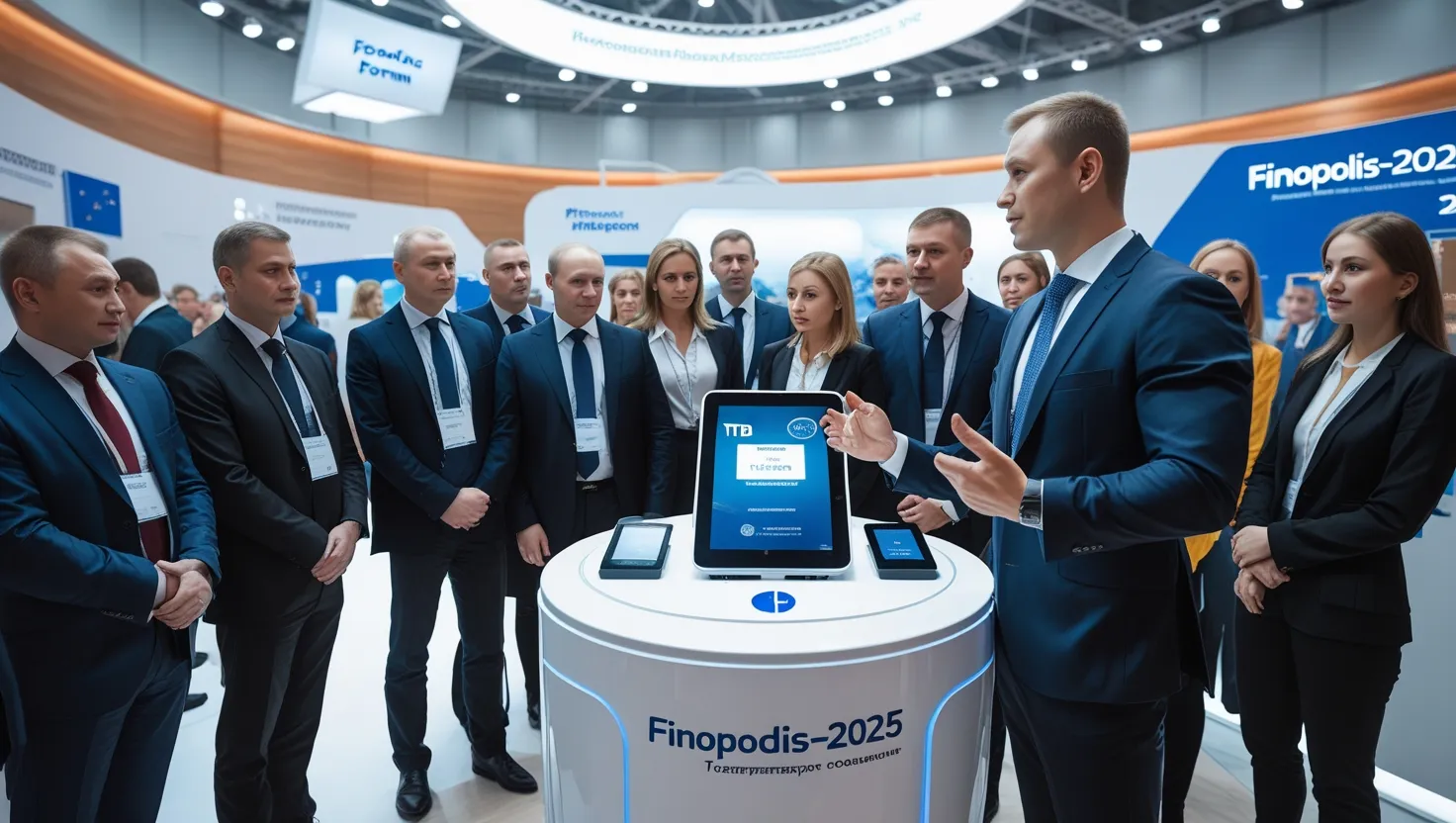
Demand is also expected to rise for associated IT services — from remote administration and monitoring systems to automated updates and incident analytics. These components will help create a sustainable service ecosystem around domestic banking equipment.
Russia’s efforts to localize payment technology began in 2022–2023, following the withdrawal of Western vendors. By 2024, Promsvyazbank had tested the first Russian-made cashless payment terminal, developed by Somers (part of Softline Group). In April 2025, mass production of the R180 PIN pad began at the Inferit plant, also part of Softline.
Now, ATMs — the most visible and critical elements of banking infrastructure — are joining that list. Local production completes the cycle of digital independence at the physical interface between banks and customers.

Catalyst for Domestic IT Growth
VTB’s project is more than a technological upgrade; it is a systemic response to structural risks. Once fully tested, the NOBEX ATM could become the standard model across Russia’s banking system, with large-scale replacements of imported devices expected within three to four years.
This transformation will drive competition among domestic hardware manufacturers and foster a support ecosystem for certification, updates, and maintenance. It will also stimulate growth in Russia’s broader IT and electronics industries, strengthening local manufacturing and R&D capacity.


